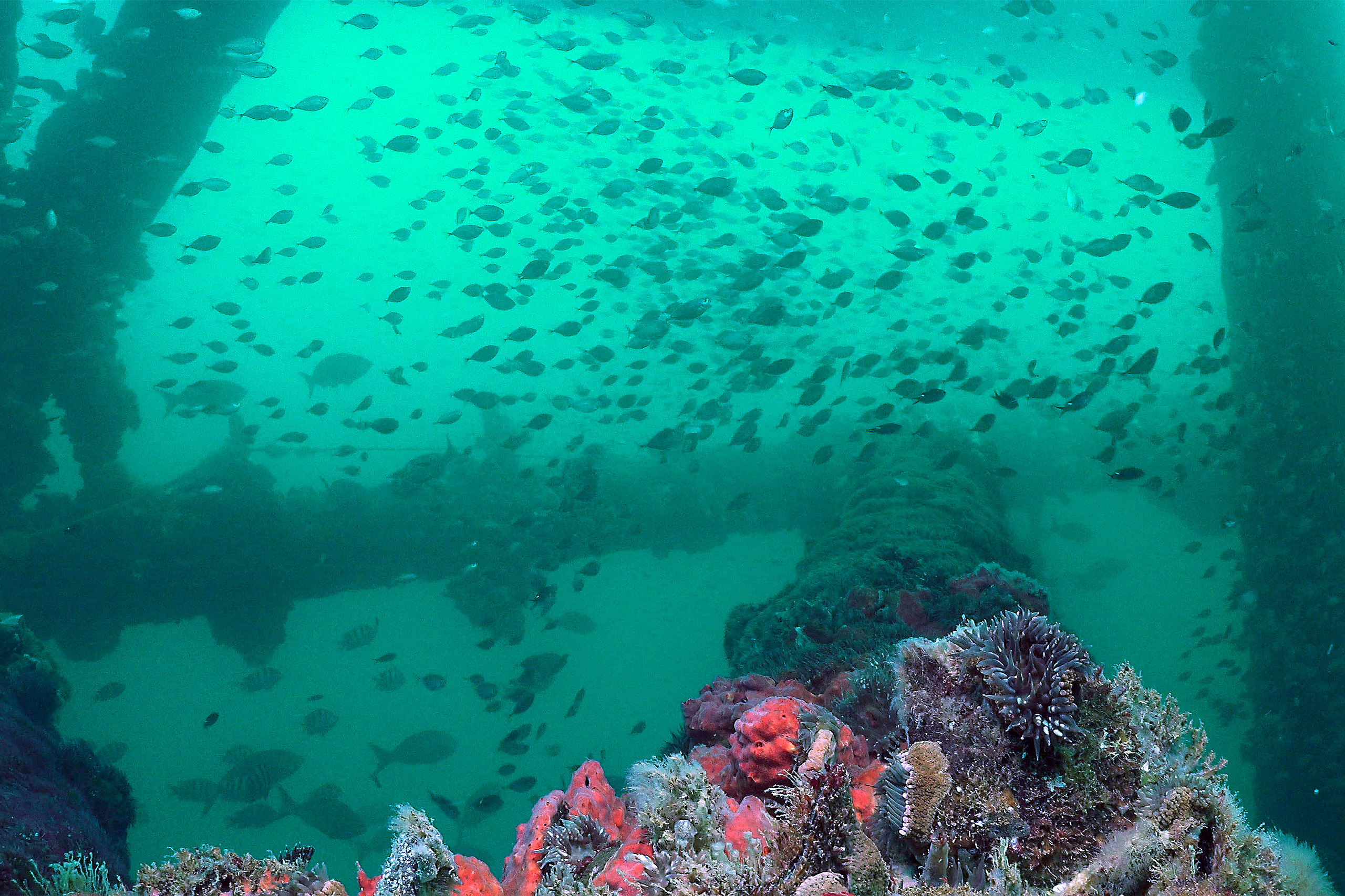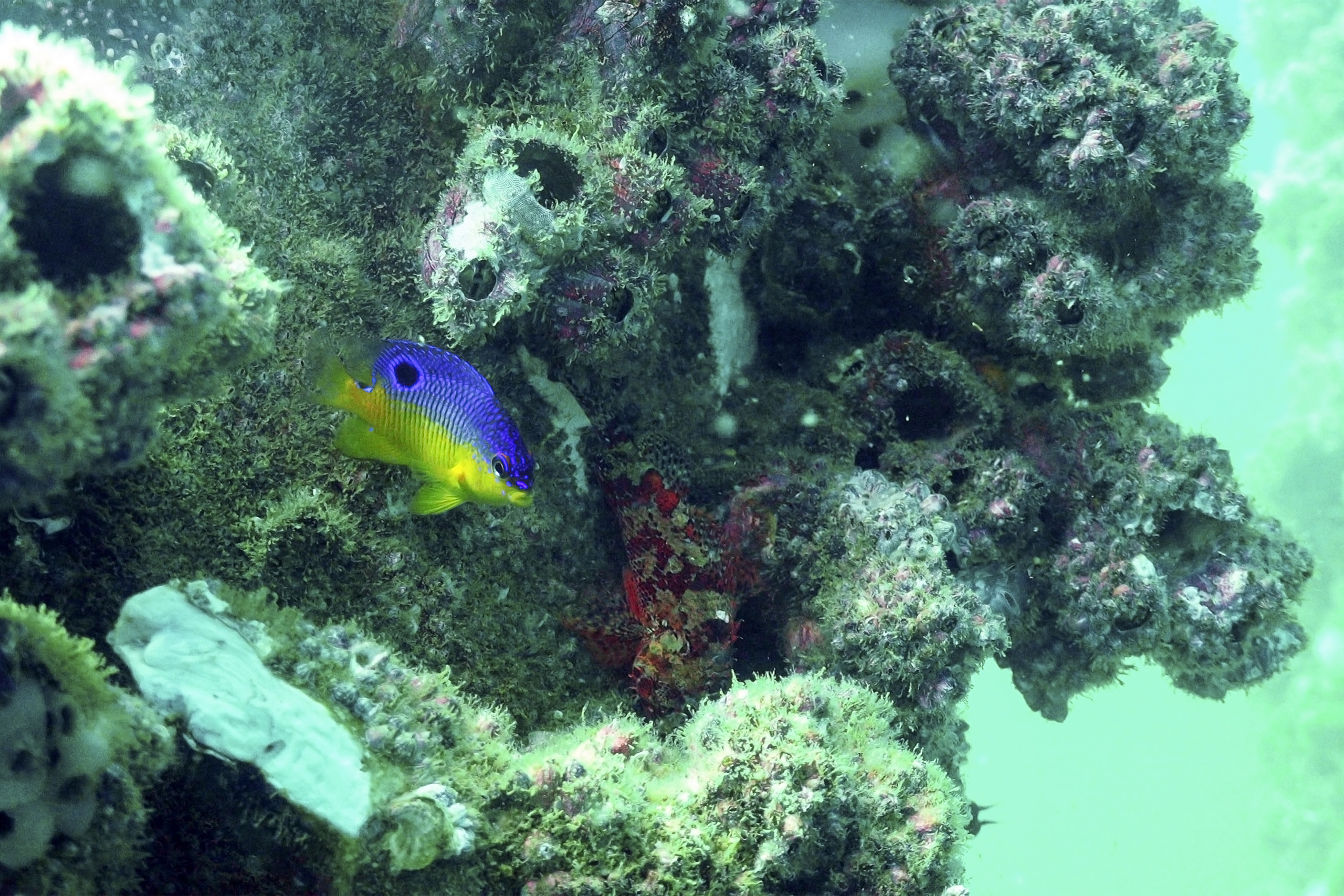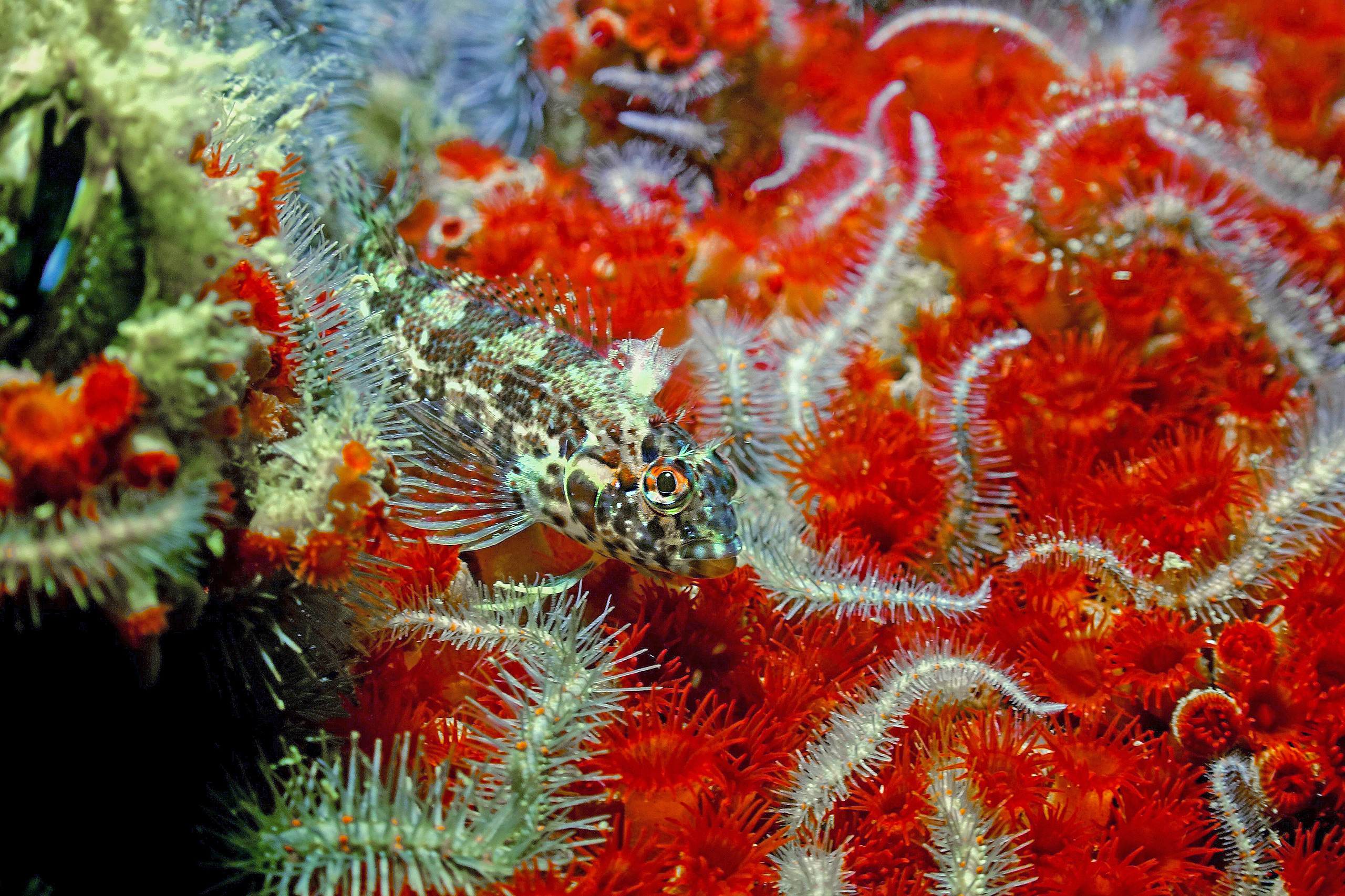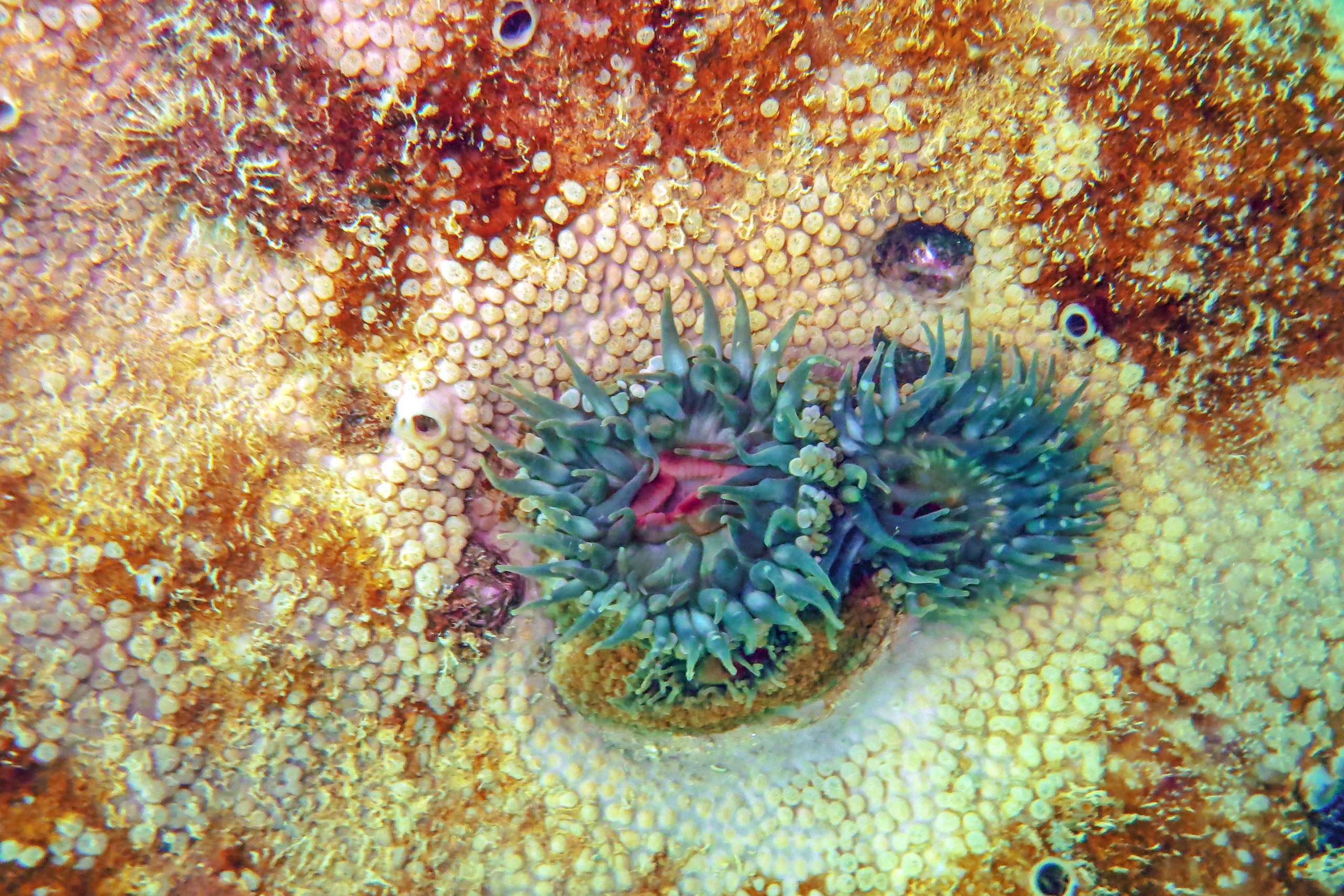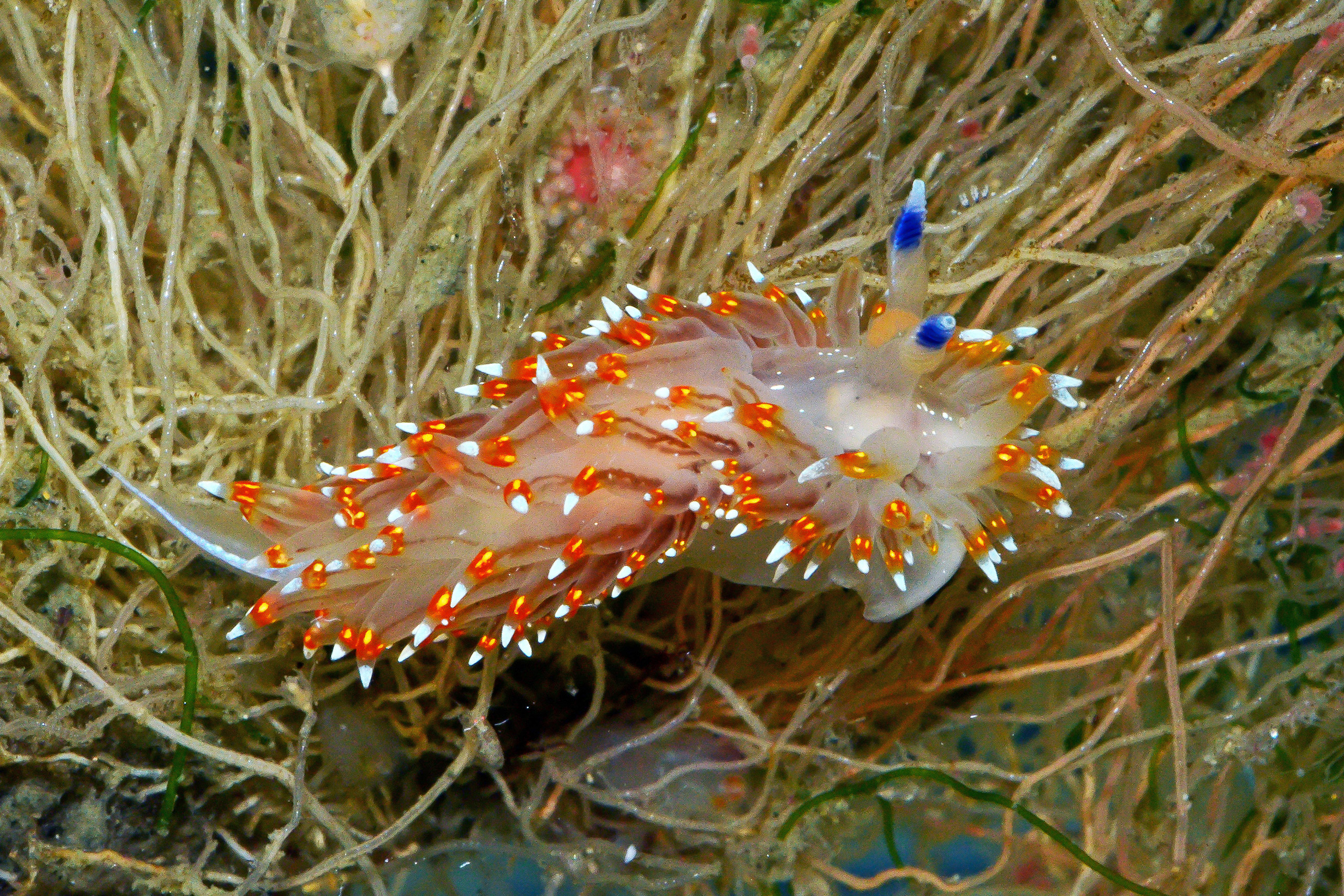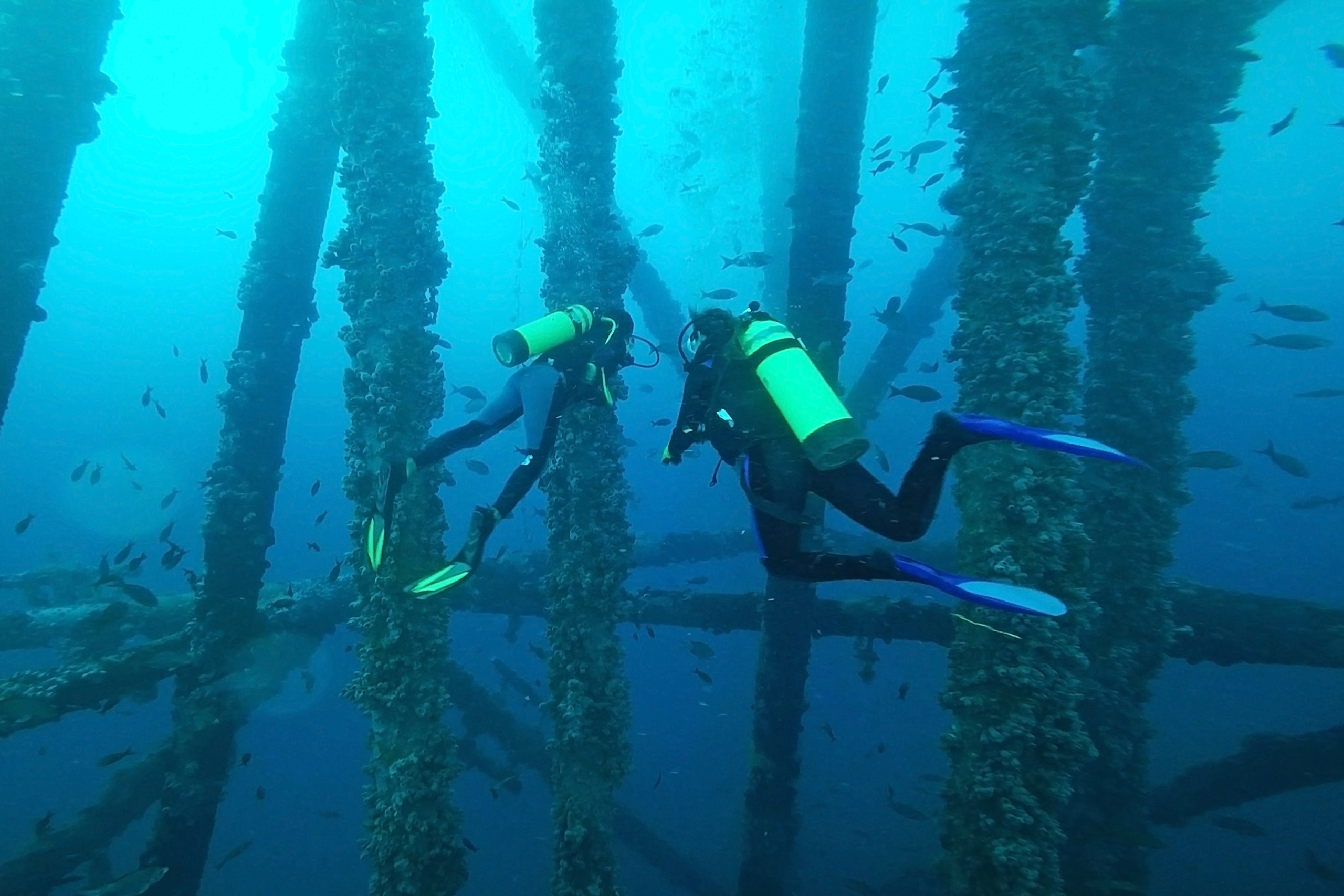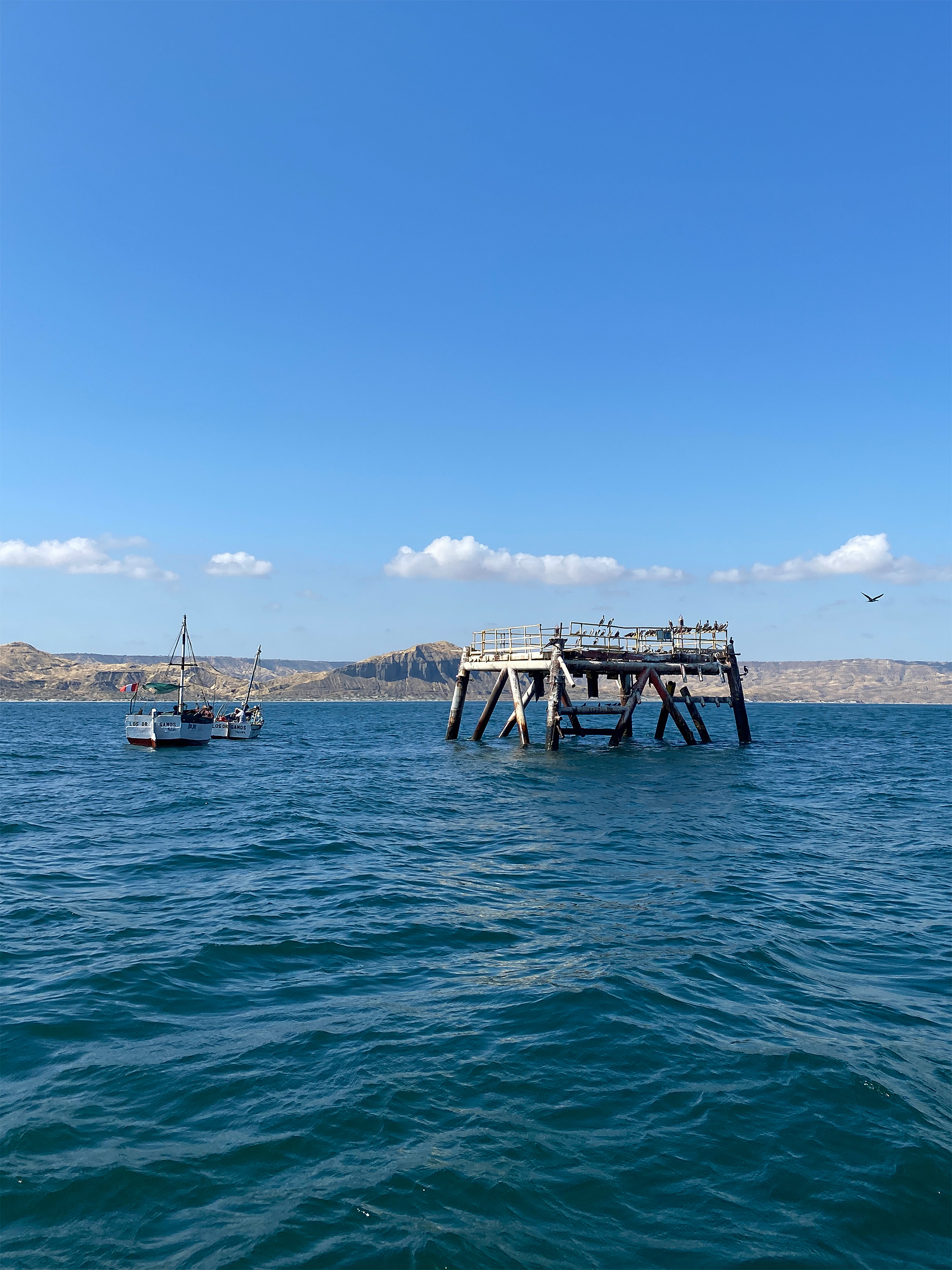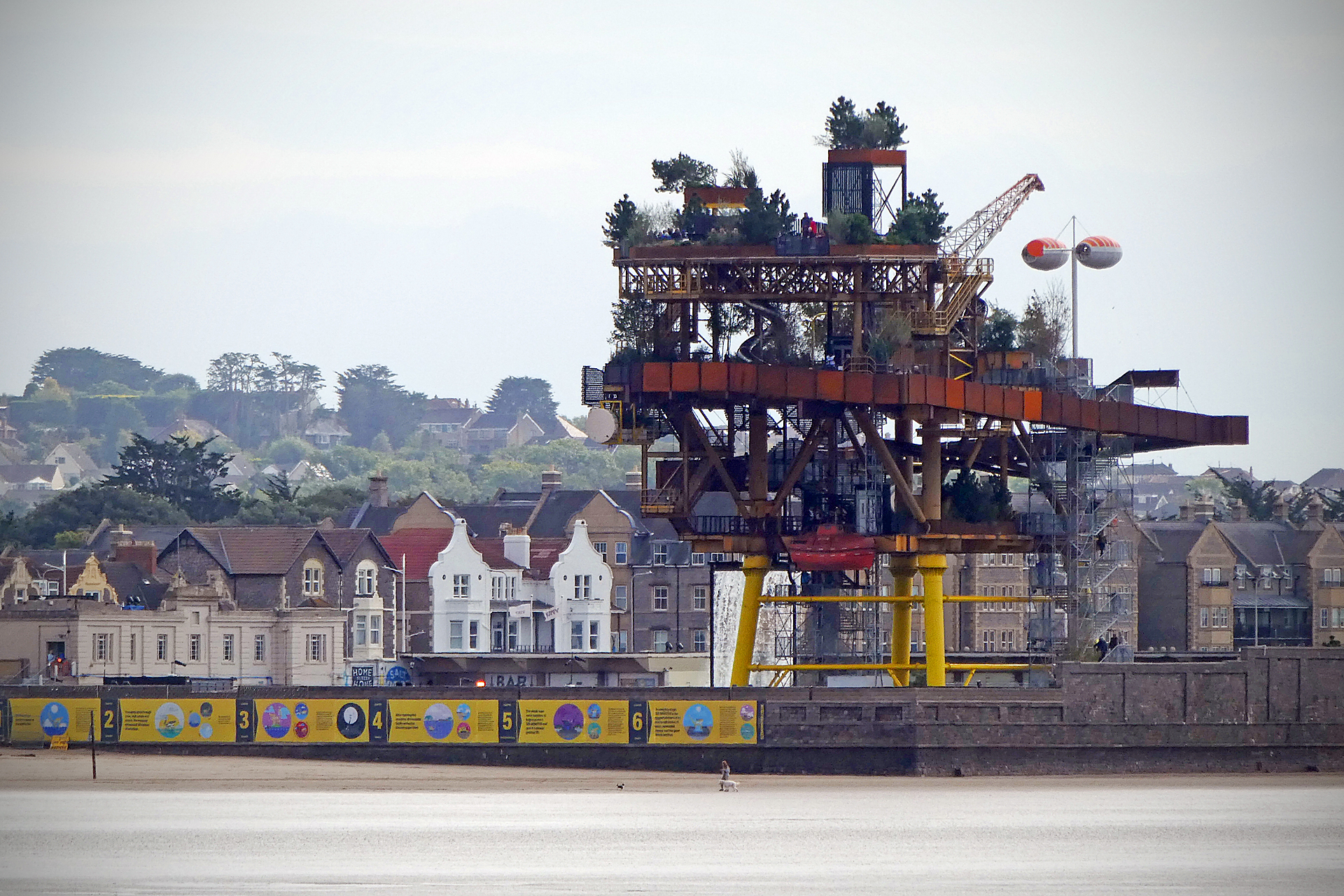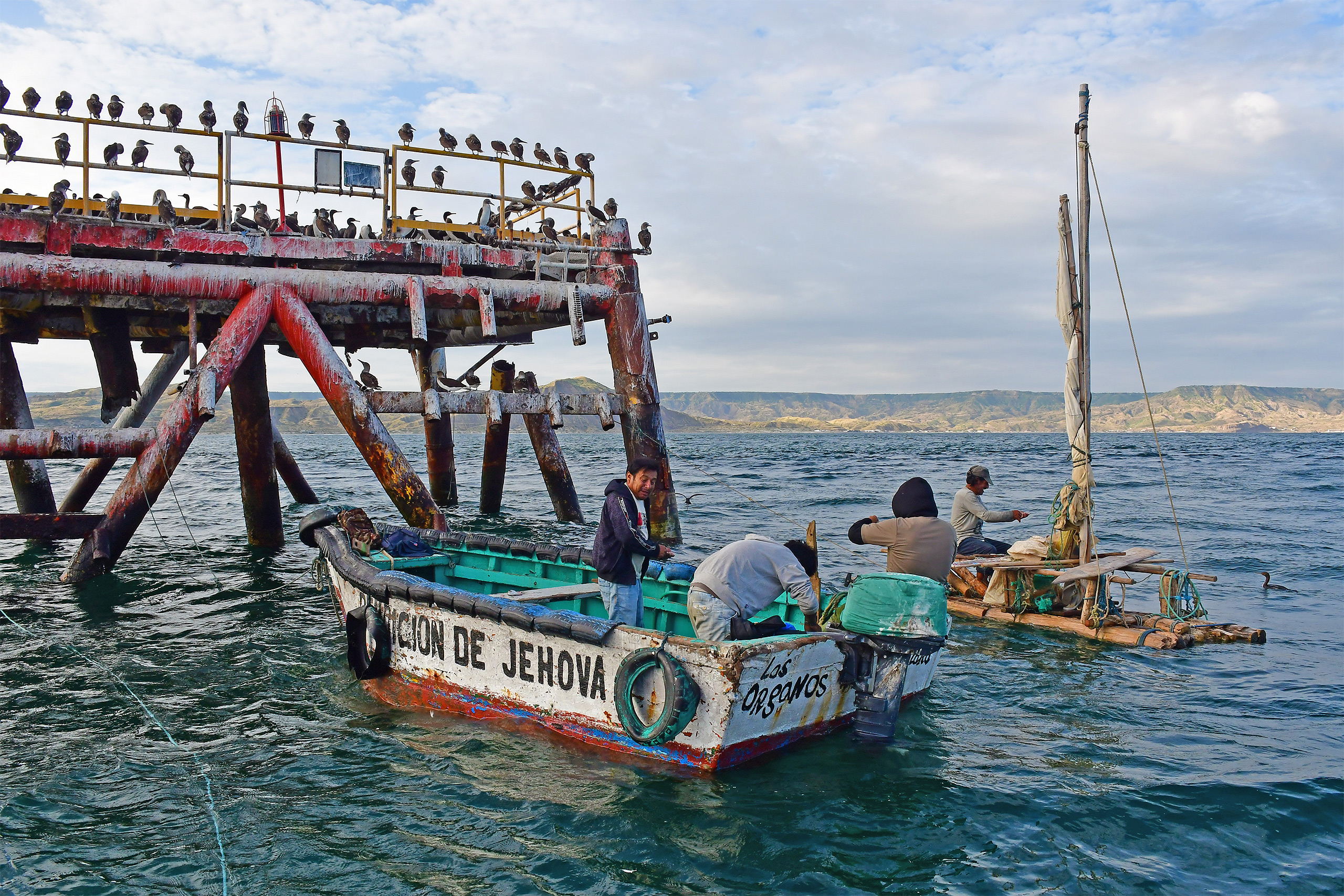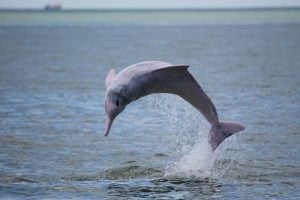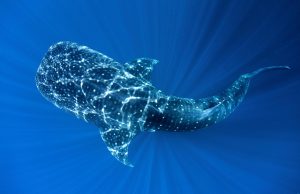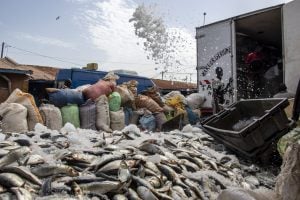At five o’clock in the morning, the skies begin to clear over the Los Órganos docks in northern Peru, less than 200 kilometres from the border with Ecuador. As dozens of boats loaded with fish begin to arrive at the port, pelicans, turtles, sea lions and seagulls congregate to gorge on any leftover catch.
A few kilometres off shore, away from the buzz of activity in this small fishing hub, stands a rusting oil platform that has attracted attention after finding a new and unexpected purpose.
The MX-1 rig, which was retired in 2011 after more than two decades in operation, has since become a marine biodiversity hotspot, researchers say. “This is the habitat of many species, new to science as well as endemic,” says Yuri Hooker, a marine biologist with more than 30 years’ experience researching the Peruvian sea. He says manta rays, whale sharks and meadows of sea fan corals can be found around the platform, as well as a seemingly “infinite” abundance of fish species.
But soon, the accidental reef may have to be removed due to legal requirements. Marine biologists, conservationists and many in local communities are worried that this rich newfound ecosystem will disappear along with it.
An unexpected ecosystem
The MX-1 platform is one of seven disused oil platforms along Peru’s northern coast – all owned by state oil company Petroperú – that are currently facing removal. But, having emerged as an underwater sanctuary, it has attracted the most attention.
Anchored off Los Órganos since 1985, the end of the search for oil at MX-1 and its subsequent abandonment allowed the rig to flourish as the home of 26 fish species and 57 invertebrate species, according to the latest study by Hooker.
The rough surfaces of the MX-1 structure are ideal for marine organisms to attach to, Hooker explains. The solid piles anchored to the seabed encourage the habitation of corals, invertebrates and algae.
MX-1’s location among warm waters and the meeting of ocean currents has helped to create an abundant ecosystem. Though the region sees seasonal variations, the sea off Los Órganos has an average annual surface temperature of around 20C, while the warm South Pacific Current converges here with the cold Humboldt Current. The latter transports colder water and nutrients from the depths to the surface and helps biological productivity in the Los Órganos area, feeding the entire trophic chain.
The conditions of this part of the Peruvian sea have turned MX-1 into a habitat for millions of micro-organisms, which then serve as a feast for fish species such as jack mackerel.
There are also abundant damselfish and two species vital to small-scale fishing in northern Peru: threadfin bass and southern rock bass. For this reason, the platform has attracted artisanal fishers and divers. It has also become a resting point for coastal and oceanic birds, sea lions, dolphins and manta rays. Meanwhile, during their migration season of July to October, humpback whales may be seen leaping from nearby waters.
“It is one of the best diving spots in Peru and to lose it would be a shame, both for ecotourism, conservation and artisanal fishing,” says Adriana Zavala, a marine biologist and founder of the Chelonia dive centre, which works in this part of the country. Companies such as hers have been running tours around the platform since 2012.
Zavala highlights the ambiguity of regulations surrounding MX-1’s removal, and a lack of specific regulations for artificial reefs in Peru. These may threaten the range of economic activities that have sprung up around the platform in its second life, she says.
Legal obligations
Since 2011 – the same year MX-1’s operations ceased – the concession for the platform has belonged to Savia Peru. The company, owned by US-based De Jong Capital, carries out offshore oil and gas extraction and exploration in Peruvian waters.
Savia’s concession contract ends on 15 November 2023, following which it is obliged to remove all the infrastructure installed at the site under Peru’s Environmental Protection Regulations for Hydrocarbon Activities. This regulation establishes that the operator of a concession must submit an “abandonment plan” for the end of their contract to the Ministry of Energy and Mines (MINEM). The removal of MX-1 “is part of this plan and includes seven platforms, as well as underwater lines, tanks and land remediation,” Orlando Mercado, Savia Peru’s social responsibility manager, told China Dialogue Ocean.
Savia submitted its abandonment plan to MINEM’s General Directorate of Hydrocarbons in November 2018.
“We thought it would be approved in 2019, which would give us four years to carry out the removal of the facilities without problems. There are more than 500 tonnes of iron that cannot be removed overnight,” said Mercado.
However, the plan was only approved in April 2022. This established that Savia is obliged not to leave any environmental liabilities at the end of its contract. Otherwise, it would lose its US$20 million bond held by OEFA – the government’s environmental assessment and enforcement agency – for failing to comply with the abandonment plans.
Although the regulation orders the removal of infrastructure once its period of use is over, there are two exceptions: when there is an entity interested in keeping the facility, and when the removal would cause greater damage to the environment.
MX-1 is not the first piece of oil or gas infrastructure to have found a new lease of life once operations have ceased, thus forcing a nation to consider legal frameworks for their management. Countries such as Australia, Canada, the US, the UK, Malaysia, Norway and the Netherlands have policies related to abandonment that include, for example, permitting their ongoing use as an artificial reef.
Other initiatives have found creative uses for disused infrastructure. In the UK, a platform was renamed See Monster and converted into a temporary art installation before its eventual dismantling. Meanwhile, off the coast of Malaysia, another was renamed Seaventures Dive Rig and turned into a tourist centre.
Against this background, Asetur Los Órganos, an association of local tourism businesses, has promoted efforts to conserve MX-1, seeking to get the state to implement policies related to artificial reefs.
“In Peru, although there is no legislation that regulates these types of practices on these spaces, there are many structures such as docks, sunken ships and, in this case, the platform, which when submerged in the water begin to attract a large number of organisms and eventually become artificial reefs,” says Hooker.
Should Savia not fulfil its obligation to dismantle MX-1, it remains unclear who may take responsibility for the structure’s maintenance and management once its concession ends, with no legal clarity over who this duty should pass to. Percy Grández, the legal advisor of the marine governance programme of the Peruvian Society of Environmental Law (SPDA), explains that abandoning such a large structure without a maintenance plan is a risk – not only for the ecosystem, but also for tourists and fishers.
Zavala echoes this point: “In the current situation, the platform is an environmental liability. It means that it does not extract anything, so it is not seen as an investment, but rather as a social responsibility. It is not seen as a productive infrastructure, so there is no real interest on the part of the companies.”
Bringing the debate to court
On 6 July, through the Coastal Marine Observatory (OMC), an organisation formed by ocean activists, an injunction was filed against MINEM, the Ministry of Environment, OEFA and Savia Peru to suspend the abandonment plan for the removal of the MX-1 platform.
“What should happen as soon as possible, due to the urgency of the matter, is that the judge admits the lawsuit and stops the decommissioning,” said legal expert Grández. He also confirmed that the decommissioning has been halted until the judge’s verdict is known.
Speaking to China Dialogue Ocean in July, Grández described the platform’s future as a “priority issue” that should be decided “in the next few weeks”. However, a date for the case to be concluded is still yet to be set.
The future of MX-1 is at a crossroads. On the one hand, tourism companies and civil society are campaigning for the platform not to be removed, but on the other, no clear proposals for who should take over its management have been put forward.
Removal could trigger unknown and even more damaging environmental consequencesYuri Hooker, marine biologist
For Grández, if decommissioning the platform is avoided, every precaution should be taken to avoid a future environmental emergency. He said that sealing the wells and removing all levels of the platform should be the first step – tasks that had been completed as of August, according to Savia. What should not be moved is the submerged base of the structure that has become a major artificial reef, the legal expert added.
“The infrastructure that remains and is seen as an environmental liability has become so integrated into its surroundings that its removal could trigger unknown and even more damaging environmental consequences,” said Hooker. He called for further research and clear regulations for these structures, given the potential wave of future cases as oil and gas infrastructure reaches the end of its life.
On 7 August, Savia issued a statement outlining its intent to pause dismantling of the platform and called on authorities and civil society to identify an entity to assume the management of the platform at the expiry of its contract. At the time of writing, no such solution had yet been found.
Editor’s note, 28 September 2023: After this article was published, Peru’s Ministry of Energy and Mines notified Savia to remove the platform by 15 November. The company said the municipality of Los Organos did make an offer to maintain the rig, but withdrew it. The dismantling of the rig began in mid-September.
